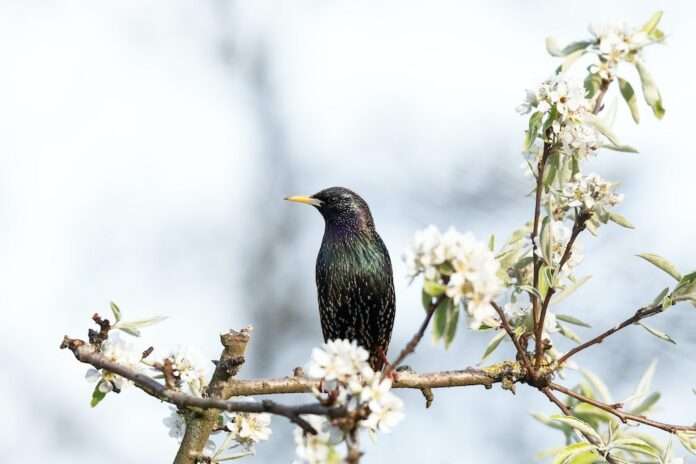Made from the skins of an invasive fish species, is Inversa Leather an innovation set to disrupt the leather industry or an ethical nightmare? Should invasive species be afforded animal welfare rights?
In an effort to mitigate the environmental impacts of leather production, such as pollution, deforestation, and land and water overuse, the fashion industry has been churning out a slew of innovative leather alternatives. In lieu of cowhide, companies are making leather-like materials from pineapple leaves, cactus, mushrooms, cork, recycled plastic bottles, and more. But one Florida-based startup is looking to revolutionize the leather market with a different type of hide.
Instead of cattle, Inversa is making luxury leather products from the skins of lionfish—an invasive species that’s quickly expanding throughout the waters of the Atlantic, Gulf of Mexico, and the Caribbean. But is the company’s new exotic leather an innovation set to disrupt the leather industry or a complete ethical nightmare?
According to the National Oceanic and Atmospheric Administration, a lionfish can reduce the amount of native fish in a coral reef environment by 79 percent. This is problematic for the coral, which relies on the nutrients found in ammonium excreted by the fish.
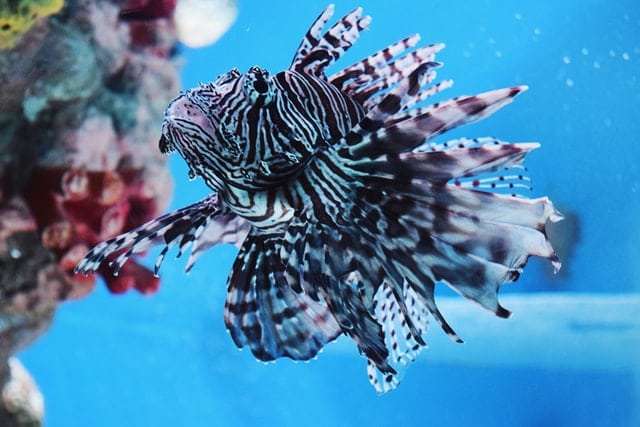
So, what better way to solve an environmental crisis and protect biodiversity than by creating leather out of invasive species? According to Inversa, each hide saves upwards of 70,000 native reef fish.
Other control efforts for managing invasive lionfish have varied over the years. In 2018, the Florida Wildlife Commission issued a $5,000 bounty for dead lionfish. The coral reef fish is also gaining traction on restaurant menus and in major grocery stores in the area, such as Whole Foods and Publix. But just how ethical are the methods used to control invasive species?
The management of invasive species
Many conservationists are drawing parallels between invasive species and immigrants. “The fear of immigration is never isolated to humans,” Banu Subramaniam wrote in The Ethics and Rhetoric of Invasion Ecology. “It includes nonhuman migrants in the form of unwanted germs, insects, plants, and animals.”
In the U.S. alone, there are more than 6,500 invasive species of plants and animals (70 percent are plants) according to the United States Geological Survey. Also known as alien, non-native, or nonindigenous species, invasive species are capable of causing great economic and ecological harm to an environment that is not their native habitat. Invasive animal species in the U.S. outside of the lionfish include zebra mussels, bullfrogs, common starlings, nutria, feral swine, and the common housecat, to name a few.
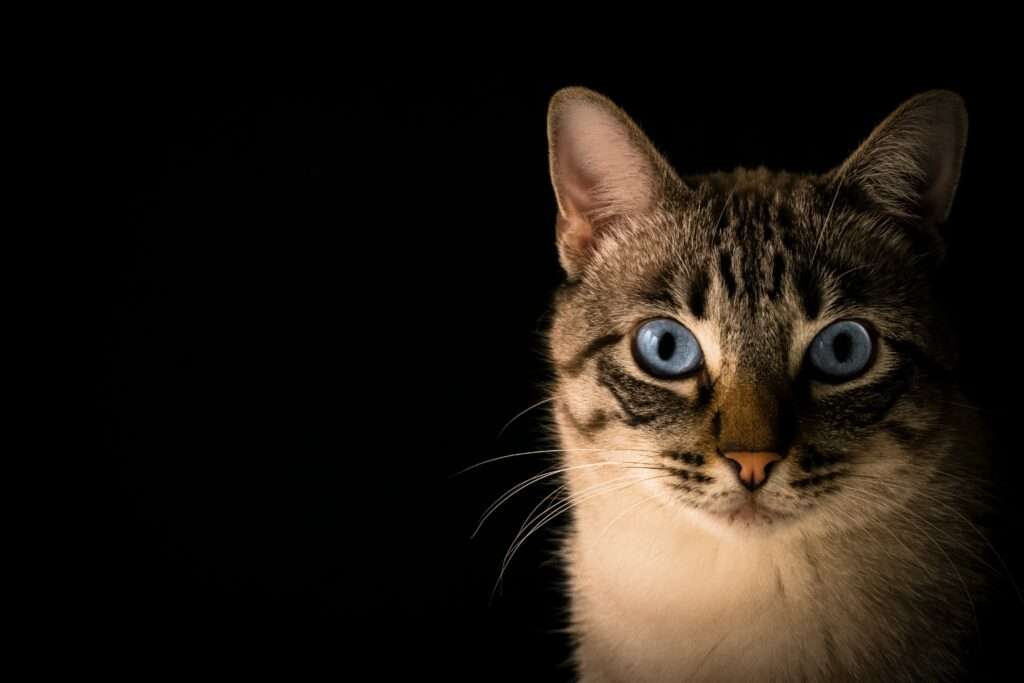
Animals, plants, fish, and insects can be introduced into a new ecosystem either by accident or on purpose. Invasive species can spread unintentionally on the propellers of boats or when firewood is moved from one place to another. Conversely, they can be purposefully introduced to control pests on crops. Since they don’t have any natural predators in their new environment, the species usually go unchecked and they’re able to breed and spread rapidly.
One need look no further than the common housecat as a prime example. Domesticated cats, which kill anywhere from one to four billion birds per year, are included in the International Union for the Conservation of Nature’s list of the top 100 invasive species.
Native to Asia, Burmese pythons — now swiftly taking over the swamps of the Florida Everglades — are another shining example of when invasive species go awry. The large constricting snakes were brought to Florida as pets as part of the exotic wildlife trade. After either escaping or being set free by their owners, pythons have since taken over the wetland ecosystem. The area is now home to anywhere between 100,000 and 300,000 pythons. Researchers have linked the slithery invaders to severe mammal declines in the area, including raccoons, bobcats, and marsh rabbits.
Human activities like fishing and global warming can also cause species to migrate. “Species invasion is one of the major threats the oceans face today, and can be closely related to issues such as fishing and climate change,” explained Abel Valdivia, a marine conservation scientist. “With rising temperatures due to global warming, several marine species are shifting their geographical range; occupying new environments; establishing new ecological interactions with established residents, and therefore changing the community structure and composition of the invaded systems.”
The invasion of the Pacific red lionfish
Popular among aquarists, the Pacific red lionfish became an invasive species due to human error. Experts believe unwanted lionfish established in the waters off of the southeast coast in the 1980s after being dumped from home aquariums.
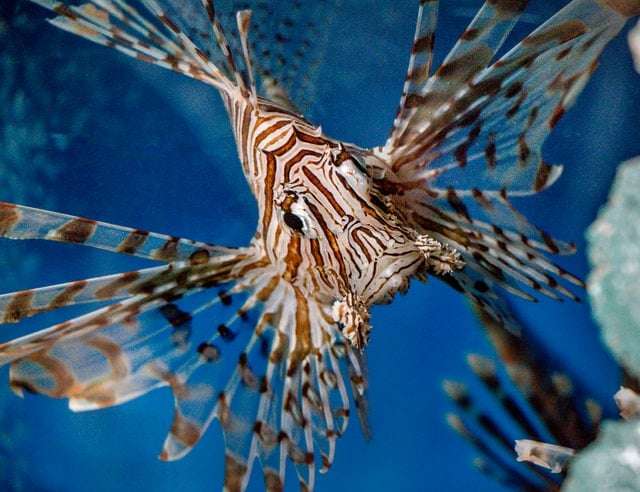
Featuring white and brown, red, or maroon stripes and fan-like fine, lionfish may look beautiful — but they’re deadly. Active hunters, they feast on more than 50 different species of fish. Their venomous spine gives them the distinction of being one of the top predators in the Atlantic’s coral reefs.
Compassionate conservation
Other methods for controlling non-native species can run the gamut from the use of chemicals to prescribed burns. However, a new term has emerged in the management of invasive species: compassionate conservation.
Basically, the method involves finding a solution that is beneficial to all parties—the environment, the invasive species, the native species, etc—that doesn’t cause any animal suffering.
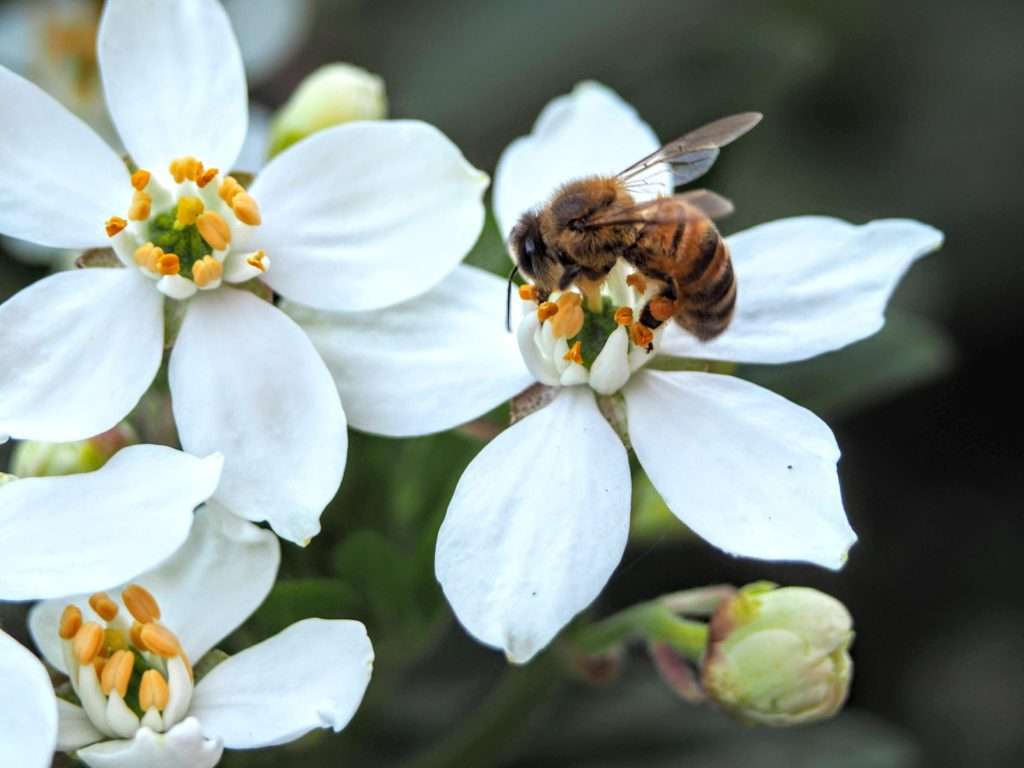
For example, as it pertains to domestic cats, trap and neuter initiatives are working to capture feral cats, spay or neuter them, vaccinate them, and then return them where they were found.
Instead of killing off encroaching foxes in Australia, compassionate conservationists advocate for the use of guard dogs to ward them off. In lieu of killing Kenyan elephants — a species that is endangered — for destroying farms, compassionate conservationists are calling for fences fit with beehives to keep the elephants at bay.
As it pertains to lionfish, researchers have posed the question as to whether the introduction of groupers — a predator to lionfish — would suffice in naturally controlling populations of the venomous fish. It is worth noting that groupers, another type of reef fish, are a hot commodity in the fish market and are thus highly exploited and overfished.
Related on Ethos:

